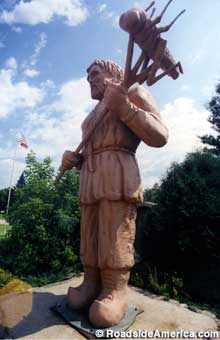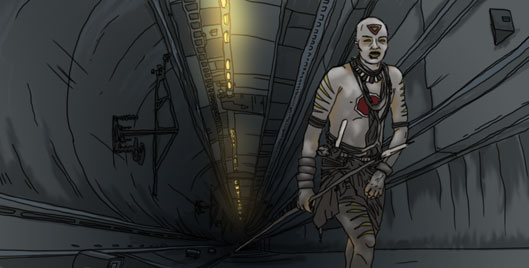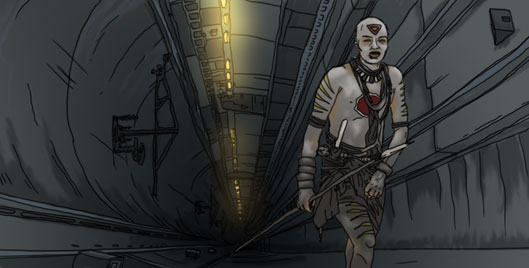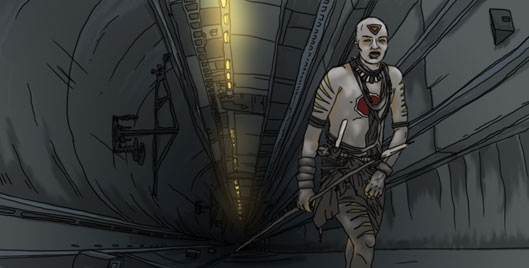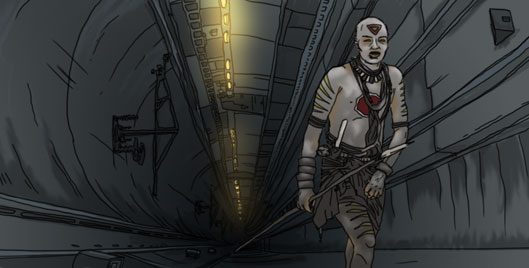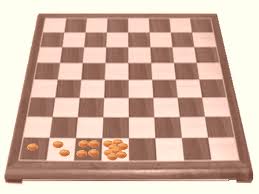The problem with fighting extremely bad corporate-sponsored legislation is that it has a distressing tendency to re-emerge time and again long after a human being would have gotten a clue and gone away. So it is with the fight by corporate carriers against local governments providing any sort of broadband. Most of us thought this fight over about 5 years ago, when the majority of carriers realized that municipal networks not only were not a threat, but were potential customers. Since then, excluding the occasional flair up around projects like Lafayette’s fiber build, things have generally been quiet on this front. As a result, we have a number of useful munibroadband networks (see this map) and, surprise surprise, big carriers continue to make money hand over fist.
Alas, some big carriers never give up their big dreams of squashing all who oppose them and crushing the life out of anyone who might show them up. So it is with Time Warner Cable in North Carolina. TWC’s allies in the NC state legislature tried year after year to get legislation banning local governments from providing broadband in communities where private companies haven’t bothered or do a dreadful job. Every year, a coalition of the tech community and local governments would refight the same fight and manage to kill the bill again.
But to TWC’s great delight, Novemeber 2010 ushered in a new generation of Tea Party Republicans who intend to show their respect for localism and small town virtues by kicking the crap out local governments that try to bring broadband to the people. As a result, the North Carolina House has now passed this job-killing piece of corporate welfare designed to protect helpless providers like TWC from small towns and rural areas they don’t want to serve. An equally awful version now seems ready to pass in the North Carolina Senate.
A bit more detail, and how we can do our part to save municipal broadband below . . . .




